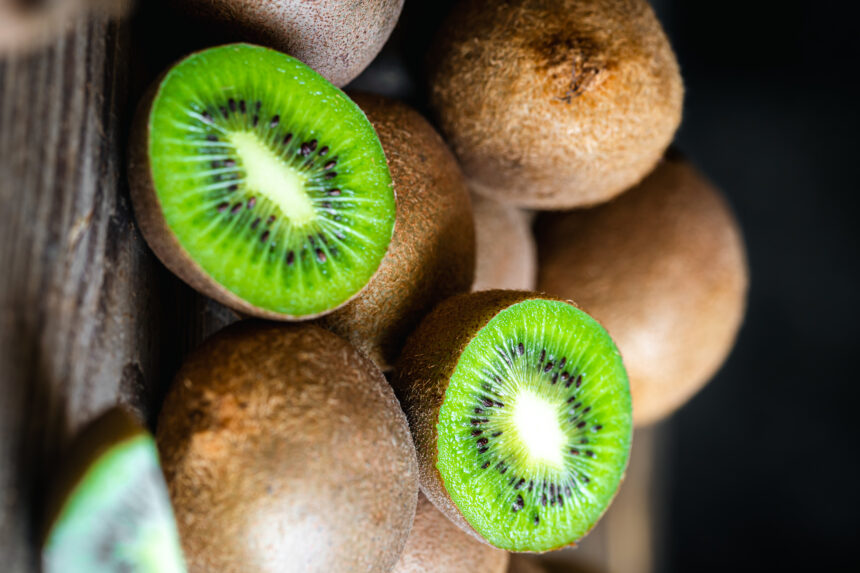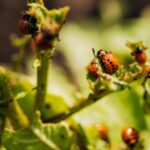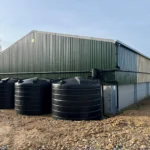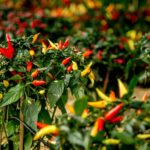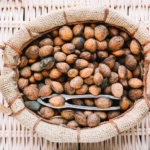Kiwi, also known as Chinese gooseberry, is a delicious and nutritious fruit that is gaining popularity among home gardeners in South Africa. If you’re considering growing kiwi in your garden or orchard, here are ten important factors to keep in mind for successful cultivation:
- Climate Suitability: Kiwi plants thrive in temperate climates with mild winters and warm summers. They require a chilling period in winter to stimulate flower bud development. Regions such as the Western Cape, parts of KwaZulu-Natal, and certain high-altitude areas of South Africa provide suitable conditions for kiwi cultivation.
- Variety Selection: Choose kiwi varieties that are well-suited to your specific climate and growing conditions. Popular cultivars include Hayward, Bruno, and Monty’s Surprise. Consider factors such as fruit quality, disease resistance, and harvest season when selecting the right variety.
- Site Selection: Kiwi plants need a sunny location with good air circulation. They prefer sheltered spots to protect them from strong winds that can damage the vines. Ensure the site has well-drained soil to prevent waterlogging, as kiwis are sensitive to excessive moisture.
- Soil Requirements: Kiwis prefer fertile, loamy soil that is well-drained and rich in organic matter. Conduct a soil test to determine its pH level and make any necessary amendments to achieve a slightly acidic to neutral pH range of 5.5 to 7.0.
- Watering: Kiwi plants require regular and consistent watering, especially during dry periods. Keep the soil evenly moist but avoid waterlogging, as it can lead to root rot. Mulching around the base of the plants helps retain soil moisture and suppress weed growth.
- Trellising: Kiwis are vigorous climbers and require sturdy trellises or support structures for their vines. Install a trellis system before planting to provide support for the growing vines and make it easier for maintenance tasks such as pruning and harvesting.
- Pruning: Pruning is essential for managing the growth of kiwi vines and promoting fruit production. Prune during the dormant season to remove dead or diseased wood, maintain a balanced framework, and encourage the development of new shoots.
- Fertilization: Kiwis benefit from regular fertilization to ensure healthy growth and fruit production. Apply a balanced organic fertilizer in early spring and again after harvest. Follow recommended application rates based on the age and size of your kiwi plants.
- Pollination: Kiwi plants have separate male and female flowers, and cross-pollination is necessary for fruit production. Ensure you have both male and female kiwi plants or choose self-fertile varieties. Encourage pollinators, such as bees, to visit your garden by planting flowers nearby.
- Harvesting: Kiwi fruits are ready for harvest when they reach their full size and firmness. Depending on the variety and climate, this typically occurs between late summer and early autumn. Harvest the fruits carefully, using pruning shears or a sharp knife to cut them from the vine.
By considering these ten important factors before growing kiwi in South Africa, you’ll be well-prepared to embark on your kiwi cultivation journey. Enjoy the unique flavor and nutritional benefits of this exotic fruit as it graces your garden and adds a touch of vibrancy to your culinary creations.

